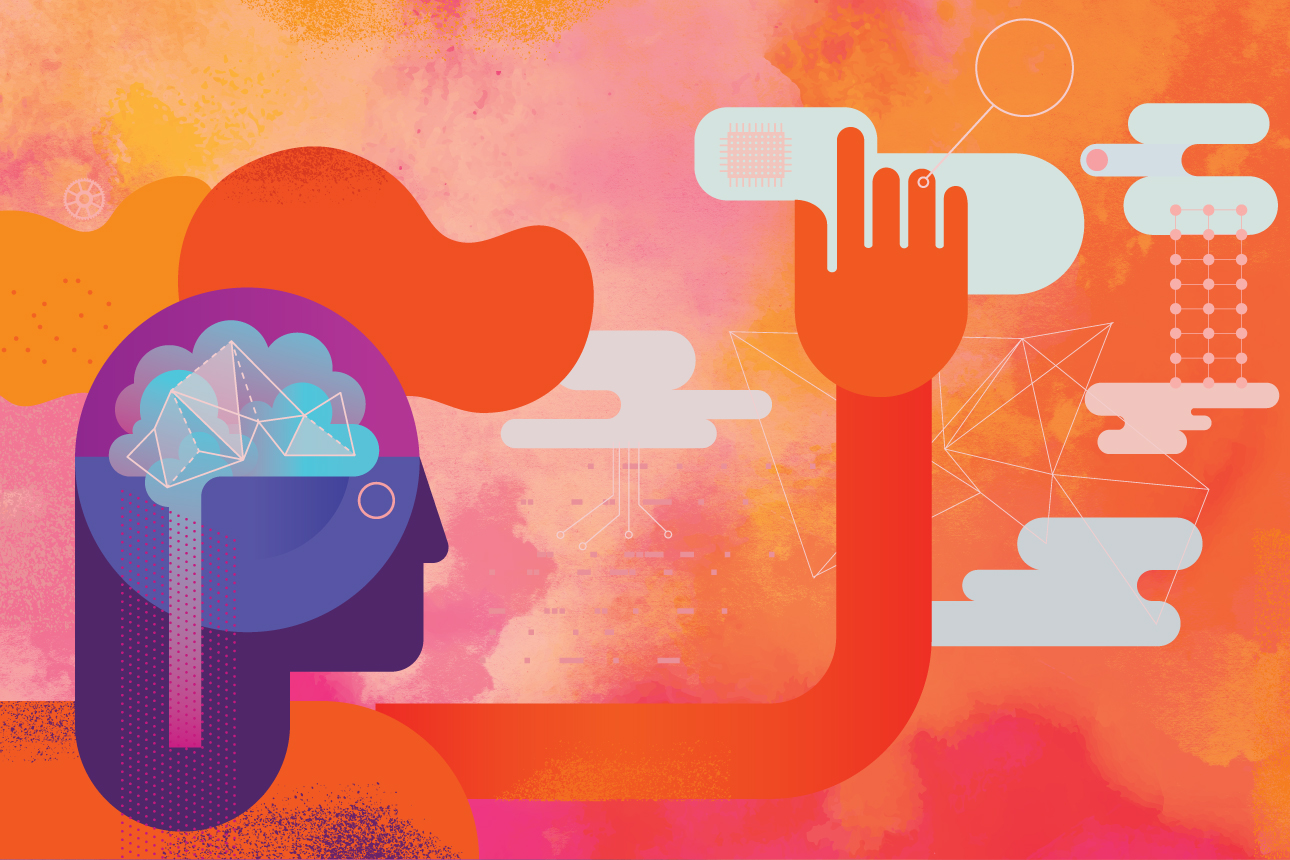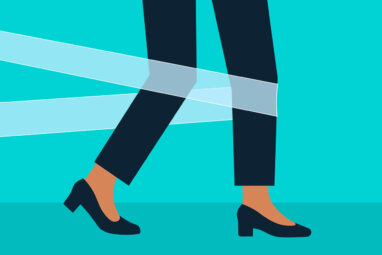The Neuroscience of Customer Experience
When neurological insights inform design thinking, companies can innovate with greater precision.

Thanks to brands like Sephora, Disney, Bass Pro Shops, and American Girl, consumers have come to expect extraordinary experiences — and companies are under increasing pressure to create them.1 Even the pros continue to up their game. Take Starbucks, where it has long been understood that a cafe is much more than a place to get coffee. Starbucks Reserve locations elevate the cafe experience to a new level. Patrons watch green coffee beans being roasted and then brewed onsite, while “mixologists” host coffee tastings and prepare unique cocktails. People can shop for local artwork and gifts with drinks in hand. They can also take tours, eat dinner, and attend classes.
Of course, extraordinary customer experiences are not always upmarket. For instance, low-cost airline Avelo flies only to and from small airports that are easy to navigate. It encourages passengers to check their bags in order to speed up boarding and deplaning, and it has eliminated flight-change fees. Avelo’s focus makes affordable travel easy and comfortable — major upgrades when you consider the treatment that budget-conscious passengers usually get.
While the variety of extraordinary experiences is wide, they do have a common objective: building brand attachment and customer loyalty. A single bad experience can drive away customers for life, but one that is fantastic creates a desire to buy again. However, trying to create something “mind-blowing” or “amazing” lacks the precision needed to consistently engineer the extraordinary.
Over the past 20 years, my research team has identified a set of brain signals that make experiences feel valuable and emotionally charged, rendering them memorable. Our work has shown that this combination produces a desire to repeat the experience.
Having measured people’s brain activity during thousands of experiences, both in my lab and in businesses, I have augmented widely used design thinking principles with neuroscience so that anyone can create extraordinary experiences. I’ll describe how, but first, let’s look at the science in a little more detail.
The Components of Immersion
Powerful emotional responses supercharge memories of experiences.2 Think about how easily you can recall where you were on 9/11, for example, or how vividly you remember a film that moved you deeply.
An emotional response is an unconscious one, so it cannot be reflected in consciously delivered user feedback such as survey scores and ratings.
References (14)
1. B.J. Pine and J.H. Gilmour, “The Experience Economy: Competing for Customer Time, Attention, and Money,” rev. ed. (Boston: Harvard Business Review Press, 2019).
2. This has long been established. See, for example, K.S. LaBar and E.A. Phelps, “Arousal-Mediated Memory Consolidation: Role of the Medial Temporal Lobe in Humans,” Psychological Science 9, no. 6 (November 1998): 490-493.




